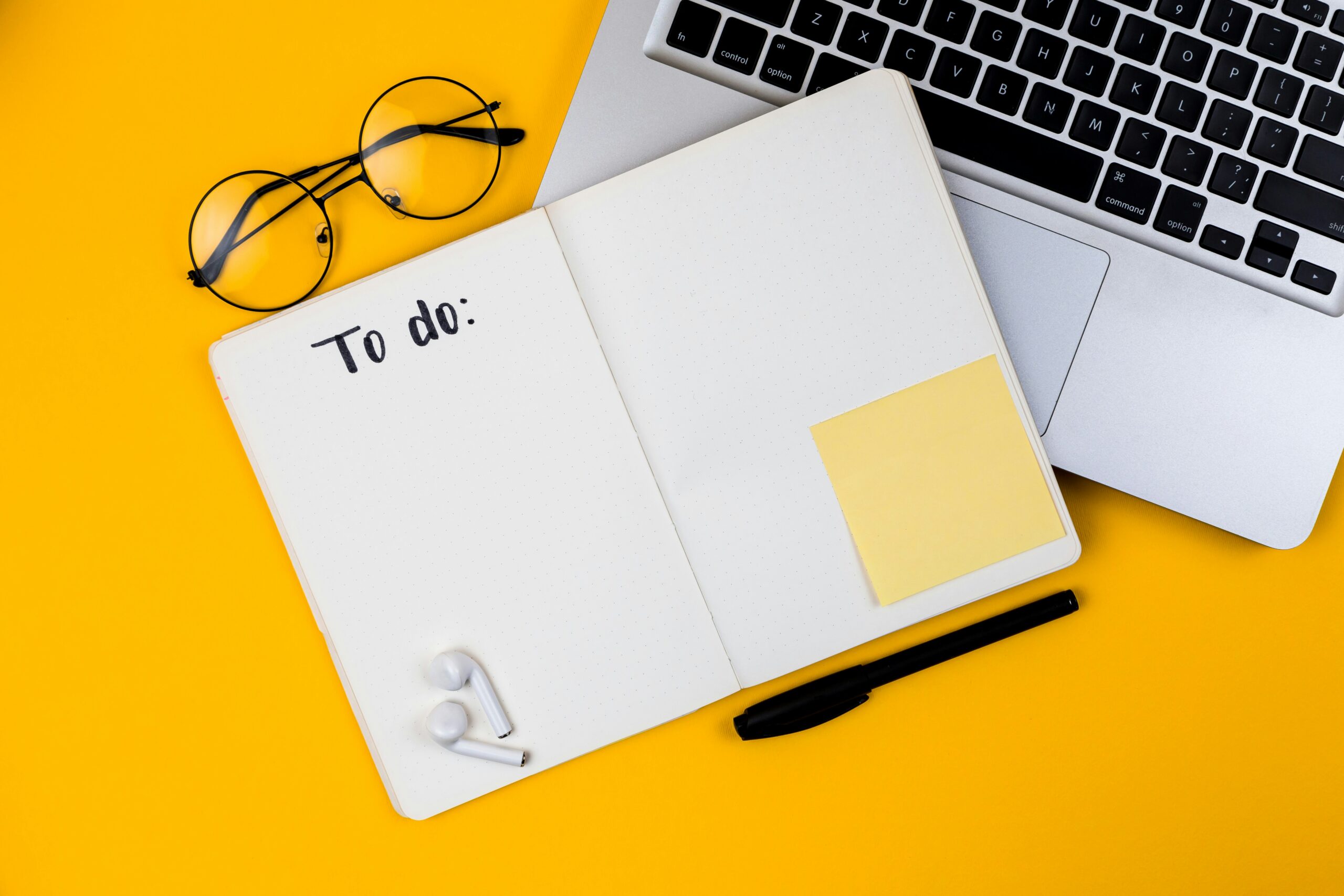Last Updated on January 19, 2024
Managing ADHD (Attention Deficit Hyperactivity Disorder) often feels like a puzzle, with distractions, twists, and turns at every corner. But worry not! Equipped with the right tools, you can turn your ADHD journey into a more organized and productive experience.
Ever wondered how to use a planner with ADHD to become a helpful ally in navigating the challenges and keeping you on track? Well, you’re in for some practical advice. In this article, we’ll explore 12 straightforward steps to help you make the most of your planner, turning it into a reliable companion on your journey with ADHD. Let’s uncover the secrets to effective planner use on the winding road of ADHD.
1. Choose the Right Planner

Selecting the appropriate planner is the first crucial step. Whether it’s a paper planner or a digital one, finding a format that aligns with your preferences and needs is essential. Experiment with different styles, layouts, and sizes until you discover the one that resonates with you the most.
2. Keep It Simple

The mantra “less is more” holds true when it comes to planners for individuals with ADHD. Avoid overly complex designs with too many sections. A cluttered planner can be overwhelming and counterproductive. Opt for a simple layout that includes space for daily tasks, appointments, and notes.
3. Color Coding for Clarity
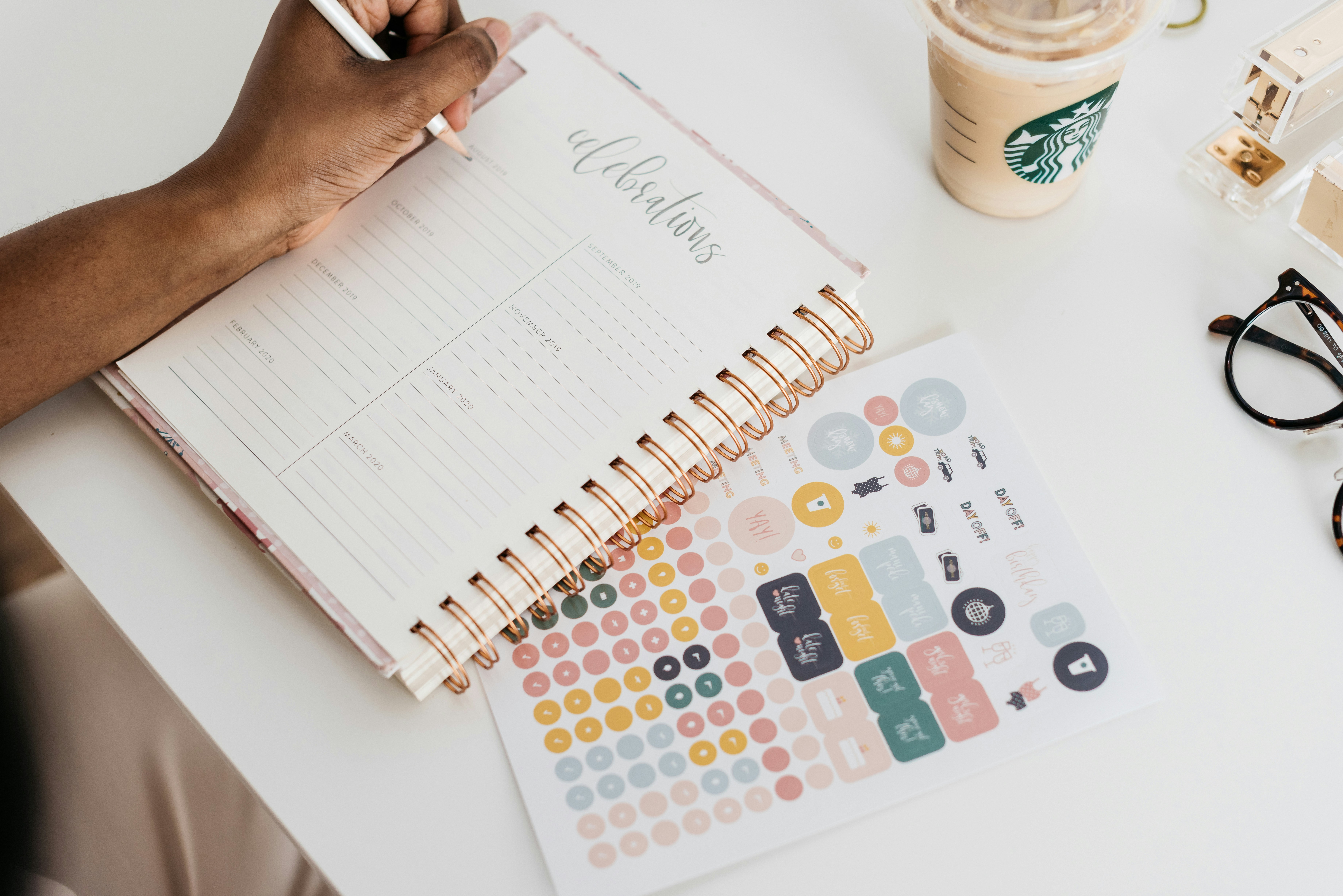
Harness the power of visual organization by implementing a color-coding system. Assign specific colors to different categories or types of tasks. This simple yet effective technique can enhance clarity and make it easier to distinguish between various commitments and priorities at a glance.
4. Break Down Tasks
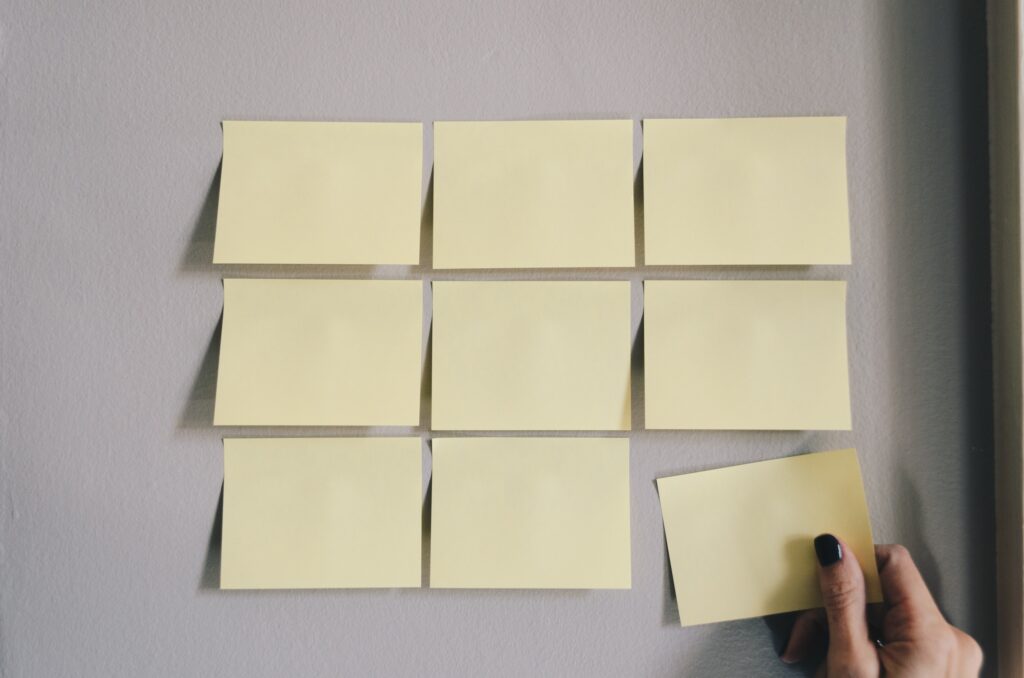
Breaking down larger tasks into smaller, more manageable steps is a proven strategy for individuals with ADHD. By deconstructing a project into bite-sized components, you prevent feeling overwhelmed and can focus more effectively on one aspect at a time.
5. Set Realistic Goals
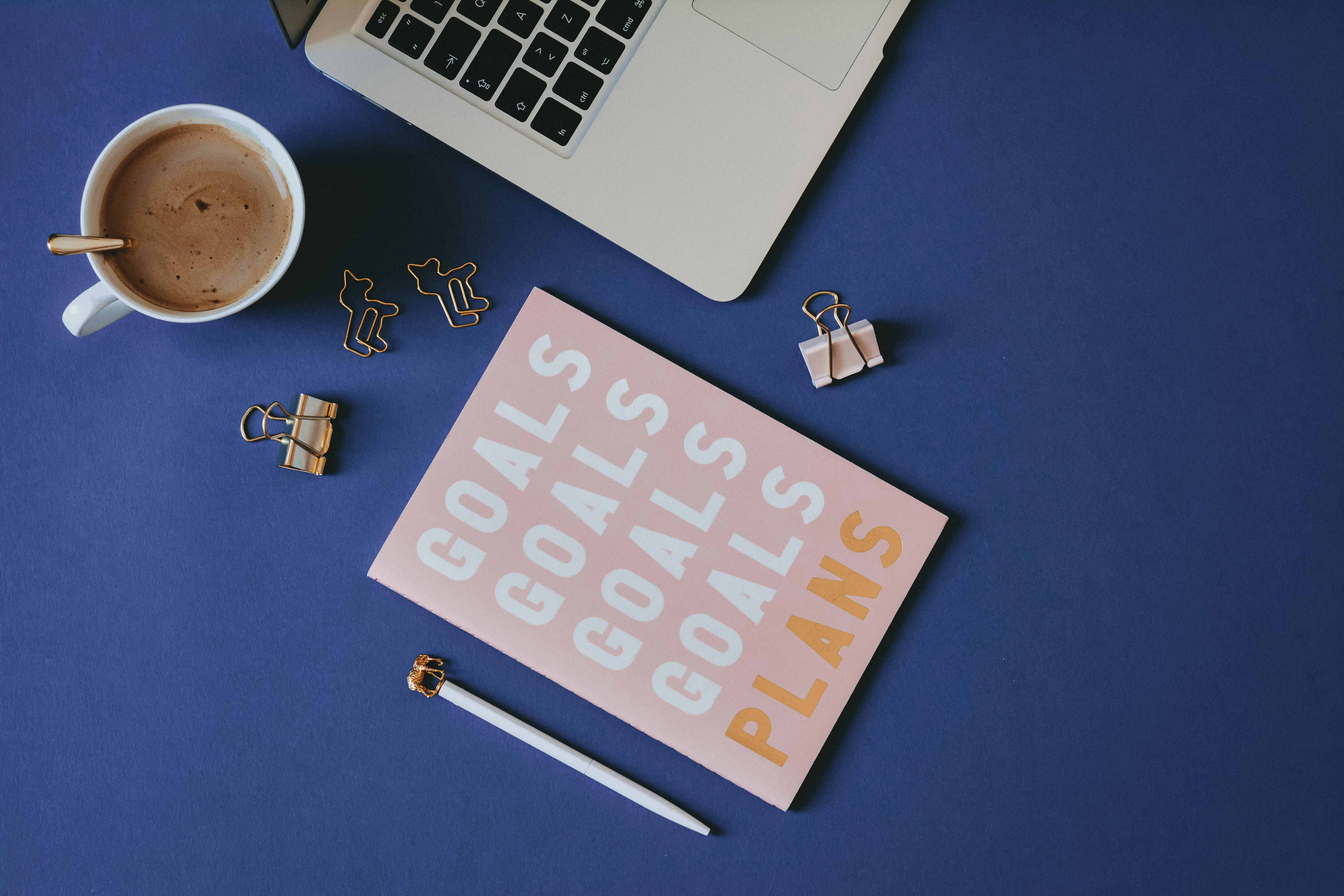
One of the keys to successful planner use is setting realistic goals. Avoid overloading your schedule and prioritize tasks based on importance and deadlines. Setting achievable objectives fosters a sense of accomplishment, boosting motivation and overall productivity.
6. Prioritize with Purpose
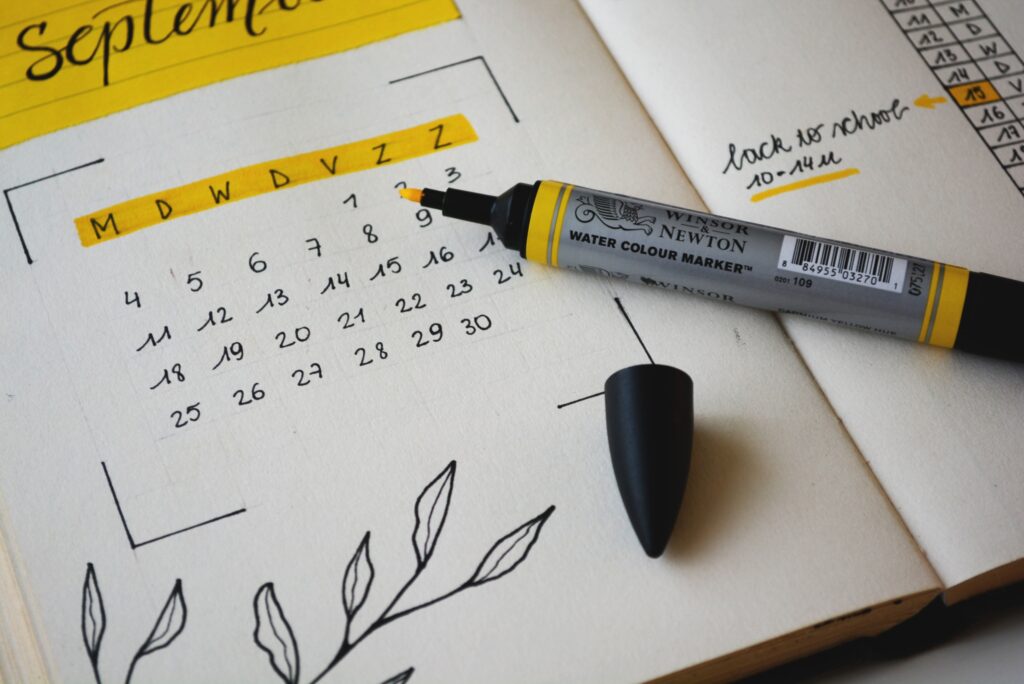
Effective prioritization is crucial for individuals with ADHD. Identify the most important tasks for the day and arrange them in order of priority. Tackling high-priority items first ensures that critical tasks are completed before moving on to less urgent ones.
7. Use Reminders Strategically
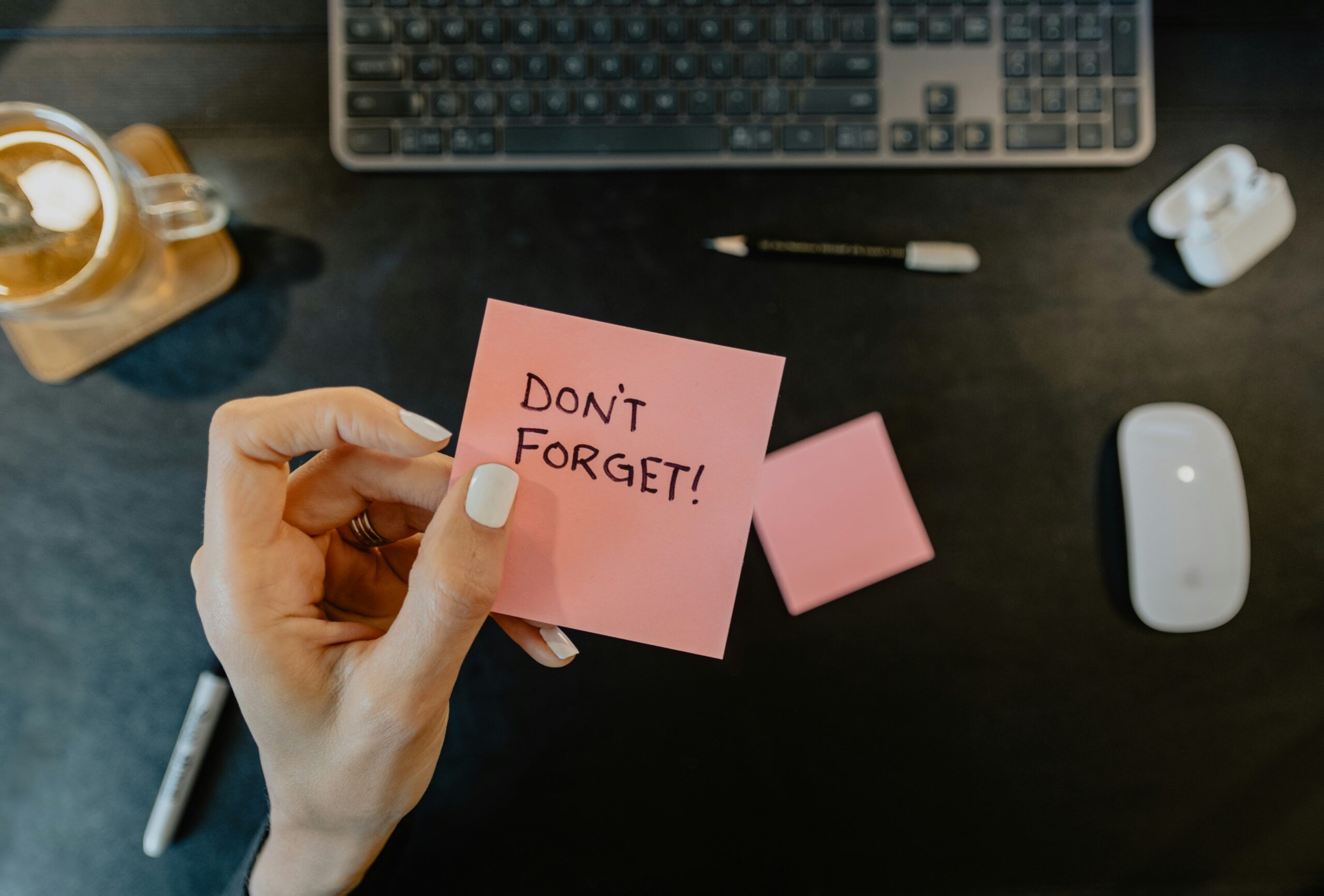
Leverage technology to your advantage by setting reminders for essential events and deadlines. Whether it’s alarms on your phone or alerts in a digital planner, timely reminders can serve as invaluable prompts, helping you stay on track and meet your commitments.
8. Time Blocking Techniques
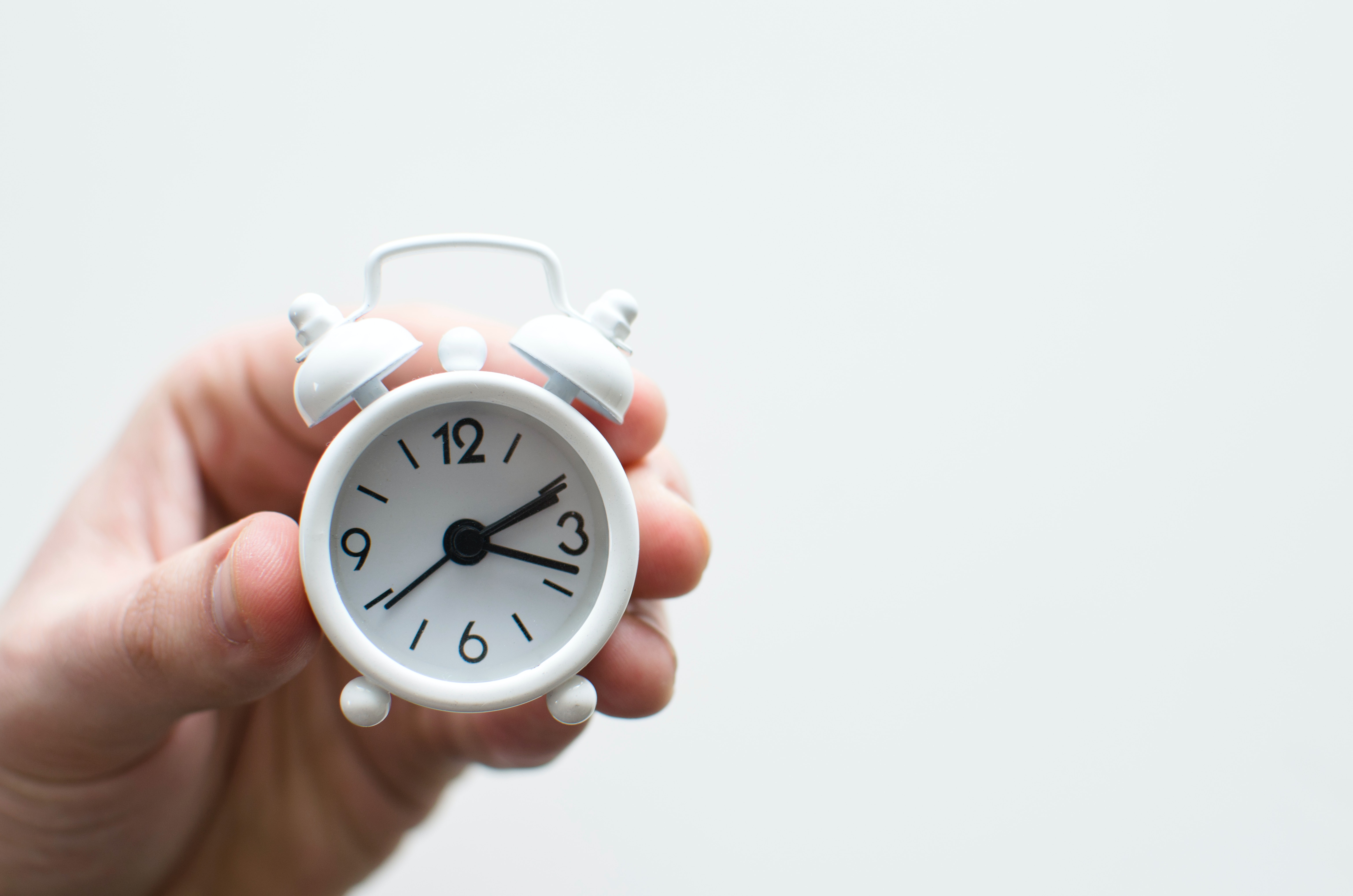
Implementing time blocking in your planner involves allocating specific blocks of time for different tasks. This structured approach creates a sense of routine and helps prevent procrastination, making it easier to maintain focus on the task at hand.
9. Regular Review and Reflection

Consistent review of your planner is essential for optimal results. Take time at the beginning and end of each day to reflect on what you accomplished, adjust your plans as needed, and prepare for the challenges and opportunities of the next day.
10. Include Breaks in Your Schedule

Recognize the importance of breaks in maintaining focus and preventing burnout. Schedule short breaks between tasks to provide yourself with the necessary time to recharge. Incorporating moments of rest into your planner promotes sustained productivity.
11. Consistency is Key
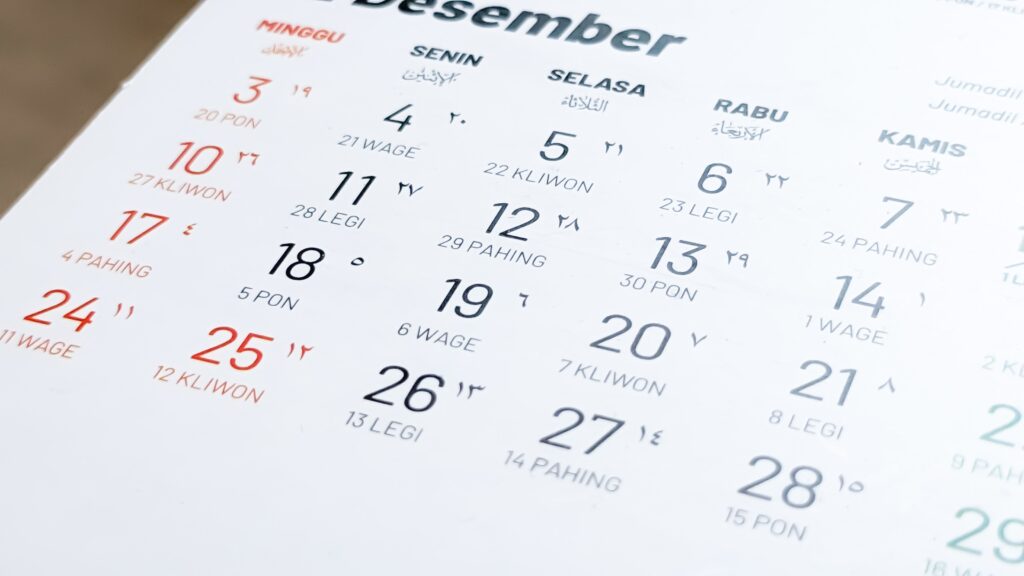
Establishing a consistent routine for using your planner is crucial for making it a habit. Set designated times each day for planner check-ins and updates. Consistency reinforces the planner as a reliable tool in your daily life.
12. Incorporate Rewards for Motivation
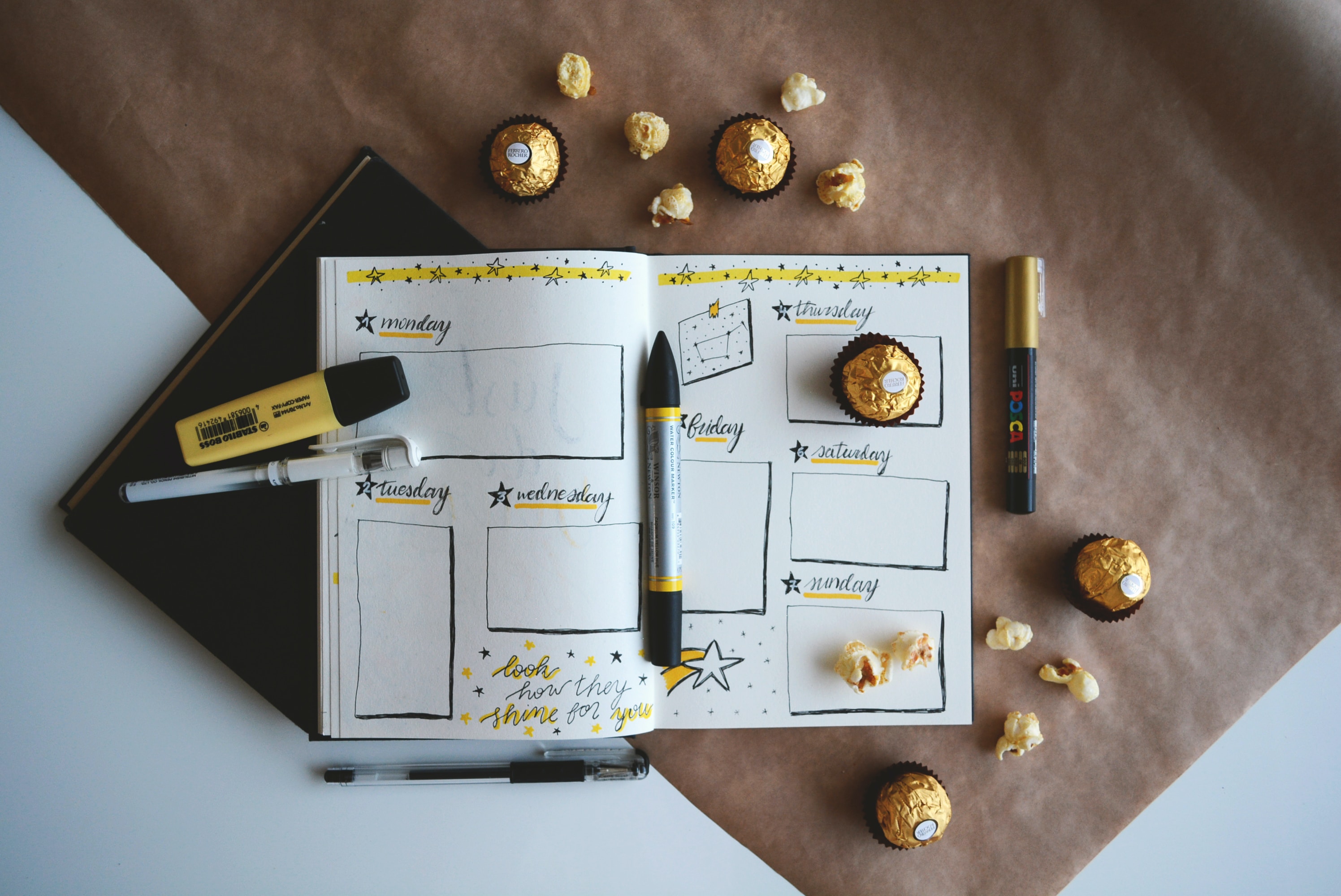
Positive reinforcement can be a powerful motivator. Reward yourself for completing tasks, whether big or small. Acknowledging achievements, no matter how minor, cultivates a positive mindset and encourages a proactive approach to your planner use.
How to Use a Planner with ADHD: A Roadmap for Success
Incorporating these 12 steps into your daily life can transform your planner into a foolproof tool for managing ADHD-related challenges. Remember that finding the right system may require some experimentation, so be patient and open to adjusting your approach as needed. Seeking support from a therapist or counselor who specializes in ADHD can also provide personalized strategies to enhance your planner use and overall well-being. With dedication and the right strategies, individuals with ADHD can harness the full potential of their planners for improved productivity and a more organized life.
